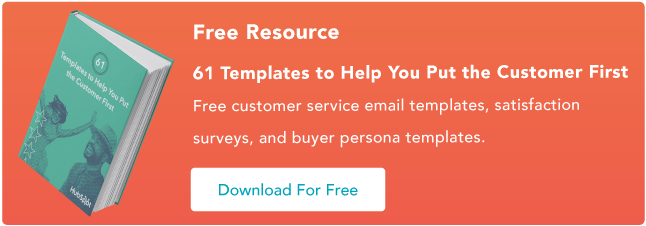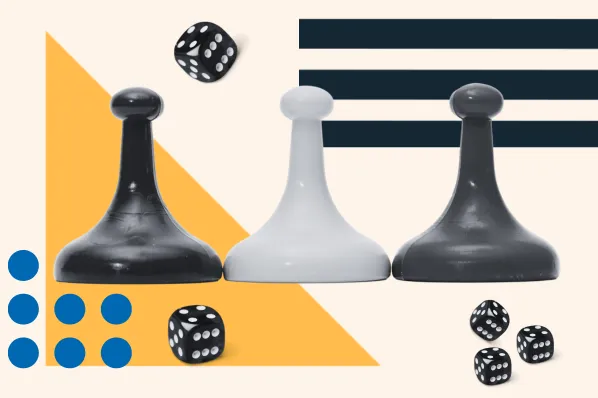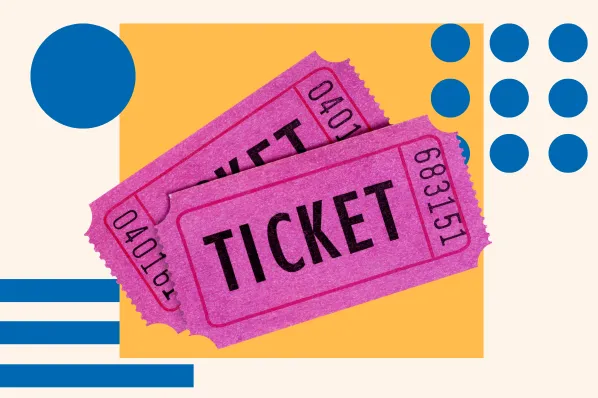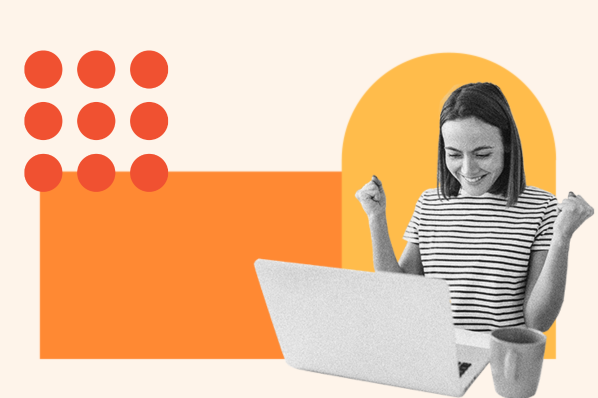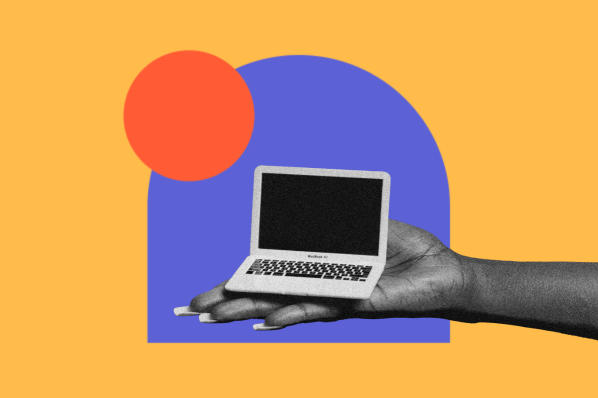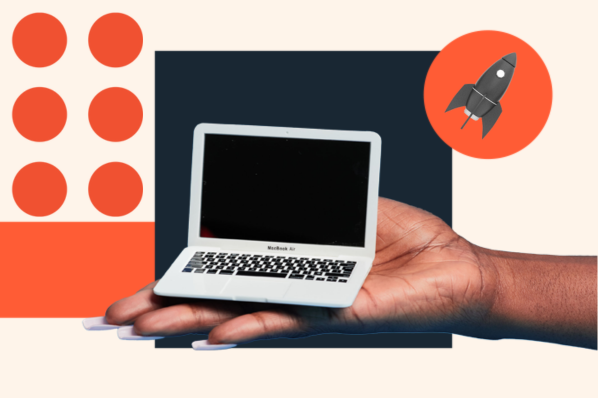It's a challenge to continually prove value, over and over again -- but it's also part of what makes SaaS such a lucrative industry to be a part of: 51% of organizations run most of their operations using SaaS applications, and 38% of companies work entirely on SaaS products -- lots of challenge, but lots of opportunity, too. In this blog post, we'll quickly review the stages of the SaaS customer lifecycle -- and how to optimize for each stage.
Customer Lifecycle
The customer lifecycle refers to the process people go through to learn about, engage with, and buy from a company. Its stages fall under the processes of attracting, engaging, and delighting customers, and the specific steps involve awareness, conversion, purchase, activation, renewal, and referral.

1. Awareness
During this first stage, your customers are realizing they have a problem needing solving, and they become aware of your solution or your brand by doing online research and finding your free resources, like blog posts, YouTube videos, or on social media.
2. Conversion
At the conversion stage, your customers have learned about your solution and have signed up for free resources to learn more -- like an ebook, a webinar, or a free trial or free version of your product. At this stage, lead nurturing with targeted offers relevant to their needs will help push them closer to purchasing from you.
Here, it's important that you quickly demonstrate value by helping the customer reach key milestones with your product. Provide helpful onboarding and educational resources to make it easy to adopt your product.
3. Purchase
At this point, your sales team has done its job, and they've successfully closed a new paying customer. Now, it's important to keep proving and demonstrating value by providing dedicated onboarding, providing proactive customer success management, and asking for (and responding to) their customer feedback.
4. Activation
The goal isn't just to get a customer to purchase your product -- you want them to become weekly or daily active users, too. Because most SaaS products are sold on a monthly subscription basis, it is easy for customers to cancel and switch to a competitor if they're unhappy or not seeing utility with your product. Make sure to provide outreach, education, and resources to prevent common roadblocks that lead customers to churn.
5. Renewal
After months or even a year of successfully using your product, your customer has to renew to keep using it. Before these times, it's important to maintain close communication with your customer to make sure you know if there are any possible objections that could cause customers not to renew. Make sure your customers are familiar with the benefits of being a member of your loyalty program so they can be rewarded for being customers.
6. Referral
At this point, not only have your customers renewed their subscription and joined your customer loyalty program, but they're such happy customers that they're power users who tell their friends and colleagues about your product. Through word-of-mouth marketing, writing customer reviews, serving as testimonials and case studies, and becoming affiliates, your happiest customers become your SaaS product's best sales rep.
Using the Flywheel to Visualize the Customer Lifecycle
Here at HubSpot, we've started using the flywheel -- not the funnel -- to visualize and summarize these phases of the customer lifecycle. The flywheel model depicts the stages of the customer lifecycle as flywheel that speeds up and spins faster the more you invest in each stage. Using this methodology, site visitors, prospects, and customers are all invested in to fuel the flywheel to attract more customers and retain happy, loyal ones.

So, below are the stages of the customer lifecycle as depicted by the flywheel.
1. Attract
This stage of the customer lifecycle represents the inbound methodology you may already be familiar with: creating educational content for buyer personas and sharing it on blogs and social media to make people aware of your brand so they start visiting your site and learning about your product or service. After reading your content, visitors will be more interested in lead-generation content or tools you publish behind a form that they have to fill out to access more helpful content.
2. Engage
Once you've started connected with leads, you can nurture them with content offers, free tools, webinars, and other trainings until they reach a point where they are qualified to talk to your sales team. They might be using a free tool, or they may have requested a demo, or performed another behavior that suggests they may be ready to purchase. This makes them more likely to purchase when they're contacted by the sales team, when they become a customer.
3. Delight
The delight stage is where the flywheel really starts cranking. This stage is all about continuing to delight your existing customers to improve their satisfaction, increase their loyalty, and build a word-of-mouth engine that fuels the "Attract" phase and brings in new customers.
By prioritizing reactive customer support and proactive customer success to help customers derive value from your product or service, they'll continue to subscribe or re-purchase, they'll give you referrals and positive reviews, and they'll tell friends and colleagues to buy from you, too -- which is one of the most impactful things prospective buyers consider when deciding between products.
To learn more about the SaaS industry, read about how to calculate ARPU next.
SaaS
.png?width=112&height=112&name=Image%20Hackathon%20%E2%80%93%20Vertical%20(30).png)

